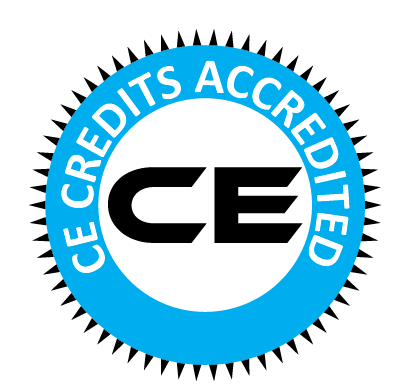Arif Yezdani
Bharath University, India
Title: Role of an orthodontist in cleft lip/palate rehabilitation
Biography
Biography: Arif Yezdani
Abstract
Clefts of lip and palate are one of the most common craniofacial anomalies with a multifactorial inheritance with genetic and
environmental factors responsible for its occurrence with a 70% incidence of non-syndromic cleft lip with or without cleft palate
and a 30% syndromic cleft lip with or without cleft palate. The incidence of cleft lip and palate in India is 1:500 live births with
unilateral cleft lips predominant over bilateral cleft lips with left sided unilateral clefts more common than right sided ones. In
females, isolated cleft palate is more common as compared to males in whom the incidence of cleft lip is higher. Un-operated cleft
lip/palate subjects exhibit normal facial growth whereas surgery dependent on its timing could produce mid-facial growth problems.
Nevertheless, esthetics, psychosocial reasons and speech mandates a multidisciplinary treatment approach for management of such
patients. This presentation would deal with the role of orthodontist in the treatment of cleft patients. The orthodontist is one of
the first few specialists to meet the parents and infant. Informed reassurance, parental counseling, dietary counseling and fluoride
prescription is the first step towards management of cleft cases. In bilateral clefts, pre-maxillary segments must be retruded. Presurgical
infant orthopedics carried out at three to six weeks makes use of intraoral appliances to separate the collapsed lateral
maxillary segments which along with elastic strapping across prolabium restrains pre-maxillary growth. Acrylic obturators can be
used for feeding difficulties. Pre-surgical nasoalveolar molding, a nonsurgical technique, is effective in infants to reduce the size of
intra-alveolar cleft by molding of bony segments, surrounding deformed soft tissues and cartilage in the cleft nose. The orthodontist
has to effectively manage the anteroposterior, transverse and vertical dimensions of the maxillary and mandibular dental arches in the
mixed and permanent dentition. Skeletal class III malocclusions with retrognathic maxilla can be treated with protraction headgear
therapy around six to eight years of age. W-arch, quad-helix, nickel titanium palatal expanders or other types of expansion appliances
at 9-10 years of age are used to correct anterior and posterior cross bites. A secondary bone graft (8-11years) is performed prior to
cleft canine eruption and active orthodontic treatment is started after eruption of canine. Comprehensive orthodontic treatment
with pre-adjusted edgewise appliances can be used around 12-13 years of age for orthodontic traction of impacted teeth, precise
positioning of teeth and arch coordination. Chin cup headgear therapy can be used to restrain//redirect mandibular growth. After
completion of growth period, pre-surgical and post-surgical orthodontics may be deemed necessary for the cleft patients who warrant
orthognathic surgery.

